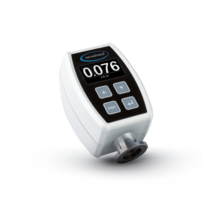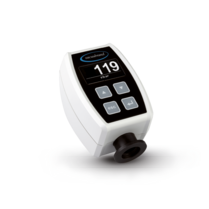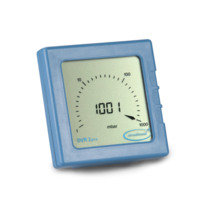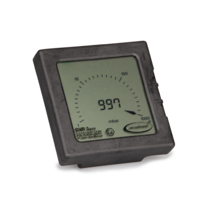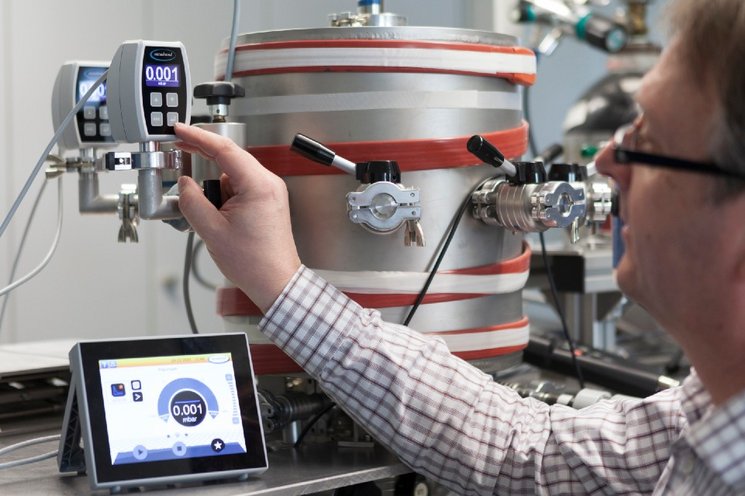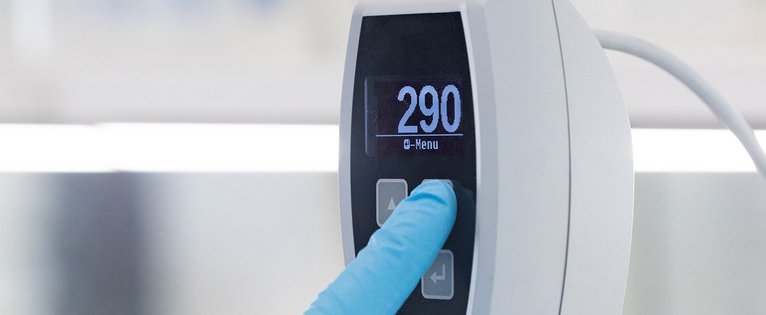
Vacuum gauges
All vacuum gauges from VACUUBRAND are chemically resistant, robust and reliable. We offer you devices for rough vacuum down to 1 mbar, fine vacuum down to 10-3 mbar or devices that cover both ranges.
Vacuum Pump
Selection Guide
Do you have any
questions?
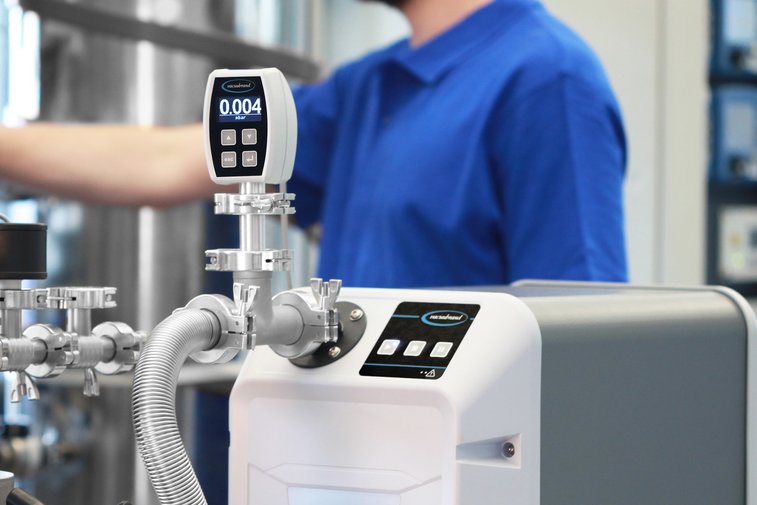
VACUUBRAND vacuum gauges
Chemically resistant, robust and reliable
You can rely on our vacuum gauges: Sensors from VACUUBRAND offer high measuring accuracy for precise measurements.
We only choose chemically resistant and robust sensors for our vacuum gauges: For the typical application range from atmospheric pressure down to 1 mbar we use ceramic diaphragm sensors, and in the range below 1 mbar down to 10-3 mbar, we use ceramic-jacketed Pirani sensors.
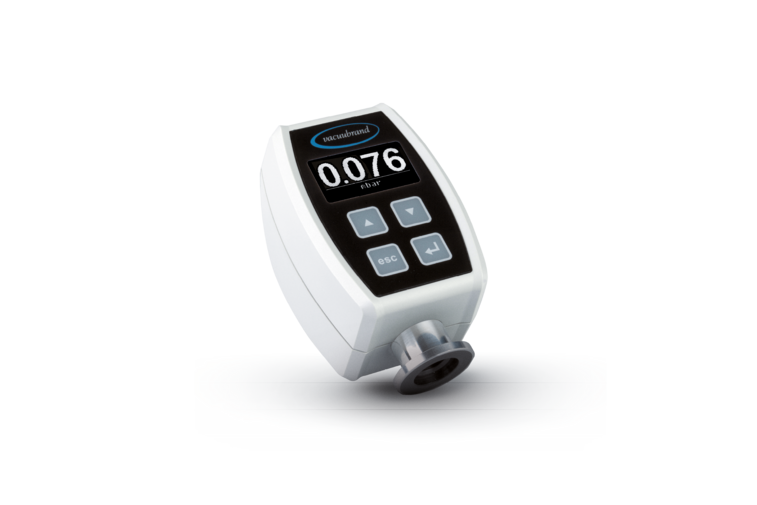
VACUU·VIEW extended
Mains-operated gauge down to 10-3 mbar
The chemically resistant combination of ceramic diaphragm sensor and ceramic-coated Pirani sensor enables reliable vacuum measurements over the entire measuring range from atmospheric pressure to 10-3 mbar. VACUU-VIEW extended is mains-operated.
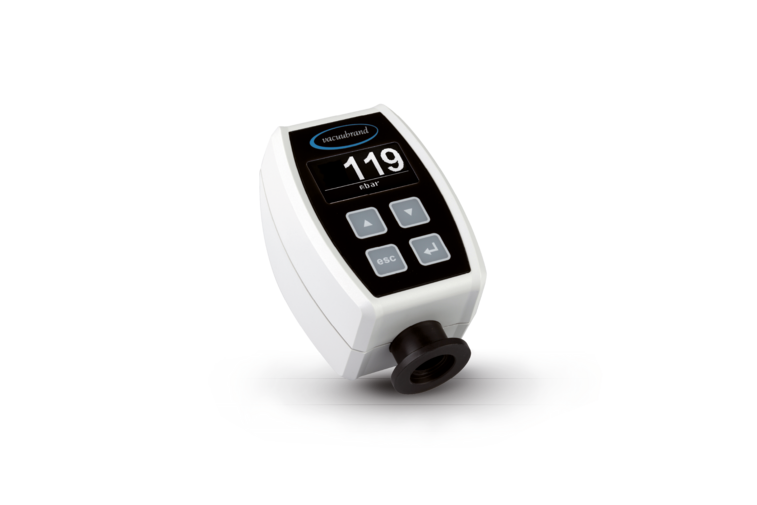
VACUU·VIEW
Gas type independent measurement down to 0.1 mbar
The chemically resistant ceramic diaphragm sensor enables precise vacuum measurements in the measuring range from atmospheric pressure to 0.1 mbar. With the help of the capacitive measuring principle, the applied absolute pressure is recorded regardless of the type of gas. VACUU·VIEW is mains-operated.
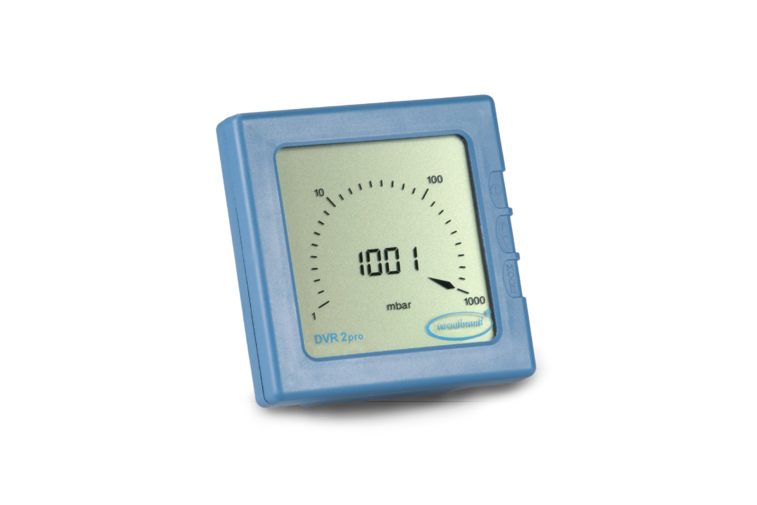
DVR 2pro
Battery-operated for measurements down to 1 mbar
DVR 2pro is a battery-operated, versatile vacuum gauge that can be used in the range from atmospheric pressure to 1 mbar. The consistent use of chemically resistant materials for all wetted parts ensures high corrosion resistance and long-term stability.
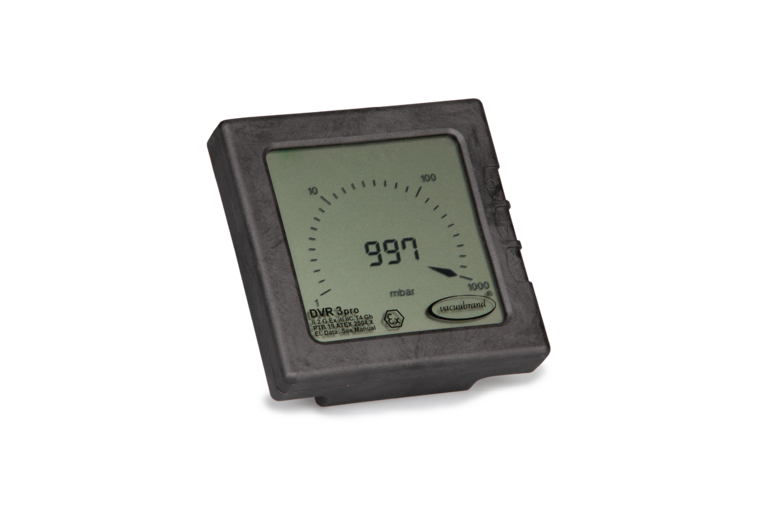
DVR 3pro
With ATEX approval category 2 for measurements down to 1 mbar
DVR 3pro is a battery-operated, versatile vacuum gauge with ATEX approval for use in potentially explosive atmospheres (ATEX category 2). DVR 3pro is chemically resistant and is suitable for measurements from atmospheric pressure down to 1 mbar.
Downloads
FAQ
Our gauges are designed for excellent long-term stability. You should perform an adjustment as required. We cannot give a general recommendation regarding the frequency. This is highly dependent on the media used in the process and the requirements for the measurement tolerances. The type of device also has an influence. Devices with capacitive sensors need to be calibrated less frequently than devices with Pirani sensors.
There is neither a regulation nor a general recommendation in this regard. As with adjustment, the need for calibration depends on the process requirements, media used and type of device. Many customers decide on six-month or annual intervals.
Yes, we operate a measurement laboratory accredited by DAkkS (Deutsche Akkreditierungsstelle GmbH) as a calibration laboratory for vacuum measuring instruments. It is authorised to perform DAkkS-calibrations for vacuum measuring instruments in the range of 1300 to 10-3 mbar (abs.) and hand out DAkkS calibrating certificates.
learn moreThe connections differ depending on the product. The information on this is precisely documented in the technical data and the operating manual. You can find these on our website on the respective product page or under downloads.
The DCP 3000 gauge or the VACUU·SELECT vacuum controller is required for data transmission and recording. If you have any questions, please contact us.
free inquiry